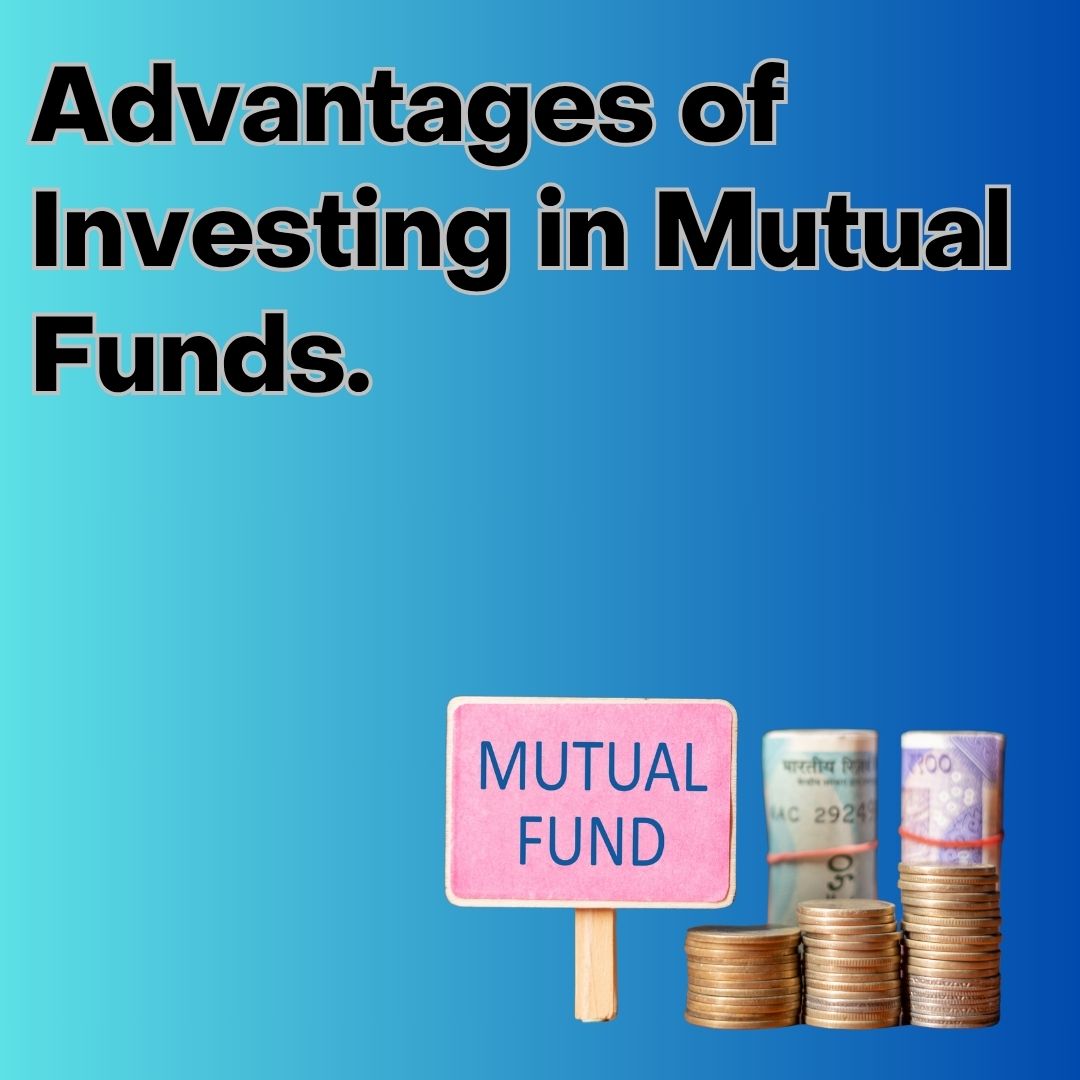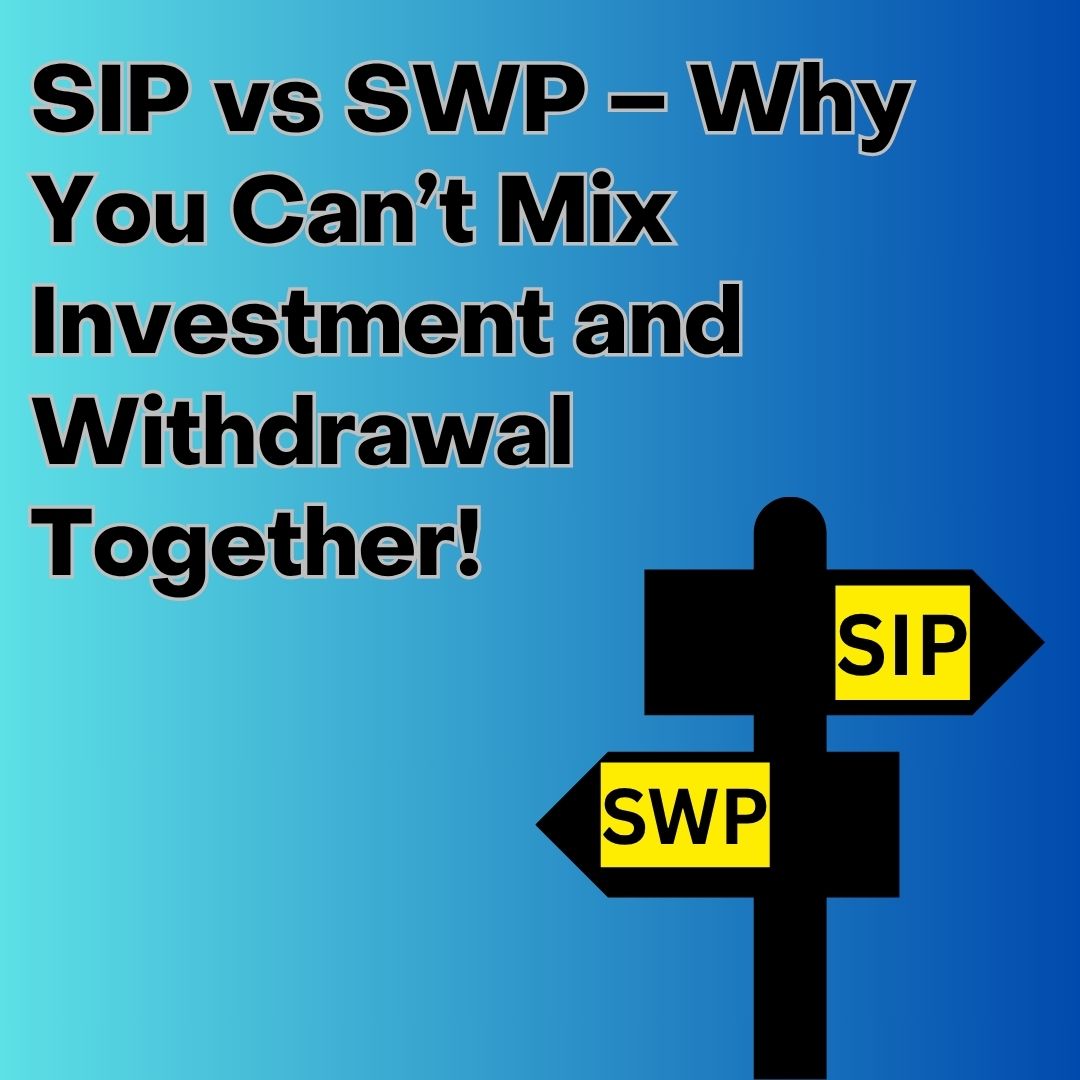- SENSEX 80753.48 149.4 (0.19%)
- NIFTY 50 24631.85 46.8 (0.19%)
- GOLD 100293 -29 (-0.03%)
- SILVER 113740 444 (0.39%)
- NASDAQ 21456.04 6.01 (0.03%)
- FTSE 9129.71 33.98 (0.37%)
- Nikkei 42718.17 897.69 (2.1%)
- Crude 5626 7 (0.12%)
- EURO 101.7862 -0.1 (-0.1%)
- POUND 117.8005 0.01 (0.01%)
- YEN 1.6928 1.61 (95.16%)
- SENSEX 80753.48 149.4 (0.19%)
- NIFTY 50 24631.85 46.8 (0.19%)
- GOLD 100293 -29 (-0.03%)
- SILVER 113740 444 (0.39%)
- NASDAQ 21456.04 6.01 (0.03%)
- FTSE 9129.71 33.98 (0.37%)
- Nikkei 42718.17 897.69 (2.1%)
- Crude 5626 7 (0.12%)
- EURO 101.7862 -0.1 (-0.1%)
- POUND 117.8005 0.01 (0.01%)
- YEN 1.6928 1.61 (95.16%)

If you’ve been investing or exploring modern portfolio strategies, chances are you’ve come across the term “Factor Investing.” It sounds technical—but at its core, it’s a powerful way to make smarter investment choices based on what actually drives returns.
Let’s break it down step-by-step and understand how it works, why it matters, and what factors you should know about.
What is Factor Investing?
Factor investing is a data-driven investment strategy that focuses on selecting securities (like stocks) based on specific characteristics—called factors—that are known to influence returns and risks over time.
Think of factors as ingredients in a recipe. The better the ingredients (like good management, financial strength, etc.), the better the dish (your returns).
Factor investing asks:
“What measurable traits have historically led to better performance, and how can we systematically invest in them?”
Why Factor Investing?
Most traditional investors either:
- Invest passively (index funds, ETFs, etc.), or
- Rely on gut feeling or tips (which often lack consistency)
- Factor investing offers a middle path—it’s backed by data, yet more focused than a plain index fund.
- Over decades, researchers and portfolio managers have found that certain factors consistently explain stock returns better than simply market timing or blind stock picking.
The Two Types of Factors
1. Macro Factors
These are broad drivers that influence entire markets:
- Economic growth
- Inflation
- Interest rates
- Geopolitical risks
While important, these are harder to predict or control. So investors usually focus more on style or risk factors.
2. Style (or Risk) Factors
These are specific, measurable characteristics of individual stocks or portfolios that drive outperformance. Let’s dive into the most popular ones.
Key Factors in Factor Investing
1. Value
- What is it? Buying stocks that are undervalued compared to their fundamentals (e.g., earnings, book value).
- Why it works: These stocks are often overlooked or beaten down, but over time, the market corrects and prices catch up.
- Common metrics: Low P/E ratio, low P/B ratio.
Example: Buying a fundamentally strong stock trading at a low valuation during a market downturn.
2. Quality
- What is it? Investing in companies with strong financials—like high profitability, low debt, and stable earnings.
- Why it works: High-quality companies are more resilient in tough times and compound wealth over time.
- Common metrics: Return on Equity (ROE), debt-to-equity ratio, consistent margins.
Example: Companies like HDFC Bank or Infosys often rank high on quality factors.
3. Momentum
- What is it? Investing in stocks that have shown strong performance over the recent past.
- Why it works: Winning stocks often continue to perform well in the short to medium term due to investor behavior and trend-following.
- Common metrics: 6-month or 12-month price performance.
Example: A stock that has steadily risen for 6 months might continue to do well for a while longer.
4. Low Volatility
- What is it? Investing in stocks that show lower price fluctuations (less volatile).
- Why it works: These stocks tend to fall less during downturns and offer better risk-adjusted returns.
- Common metrics: Standard deviation, beta.
Example: Consumer staples or utility companies with steady cash flows usually exhibit low volatility.
5. Size (Small-Cap Tilt)
- What is it? Investing in smaller companies with lower market capitalizations.
- Why it works: Small-cap stocks have higher growth potential (and risk), and over time, tend to outperform large caps.
- Common metric: Market capitalization.
Example: A ₹500 Cr market cap company with scalable growth can grow faster than a ₹50,000 Cr giant.
How Does Factor Investing Work in Practice?
Factor investing is often used in:
- Mutual Funds or ETFs: Smart-beta funds use factors to build passive portfolios.
- Quant Funds: Algorithm-driven funds that buy and sell based on factor models.
- Customized Portfolios: Built with a mix of factors based on your risk tolerance.
You can combine multiple factors to improve diversification and smooth returns. This is called multi-factor investing.
Risks & Limitations
While factor investing is backed by data, it’s not foolproof. Some points to keep in mind:
- Past performance isn’t guaranteed to repeat.
- Factors may underperform during certain market cycles.
- Overfitting or data mining can lead to false positives.
- That's why factor discipline and long-term thinking are key.
Who Should Use Factor Investing?
Factor investing is ideal for:
- Investors who want evidence-based strategies
- Those looking to move beyond basic index investing
- Investors with a long-term mindset and tolerance for some short-term volatility
Real World Example
Let’s say you want to invest ₹1,00,000 in a multi-factor equity fund.
The fund may allocate:
- 30% to Value stocks
- 25% to Quality companies
- 25% to Momentum picks
- 20% to Low volatility stocks
The idea is to balance return potential with risk management—each factor performing differently in different market conditions.
Final Thoughts
Factor Investing is not a trend—it’s a disciplined way of choosing investments based on what drives real returns. Whether you're a DIY investor or using mutual funds/ETFs, applying factor-based thinking can sharpen your strategy.
In a noisy market full of opinions, factor investing brings focus, facts, and fundamentals.
Want to explore how to apply this strategy for your goals? Reach out to a SEBI-registered investment advisor—or explore smart-beta mutual funds or ETFs that align with your risk profile.





























